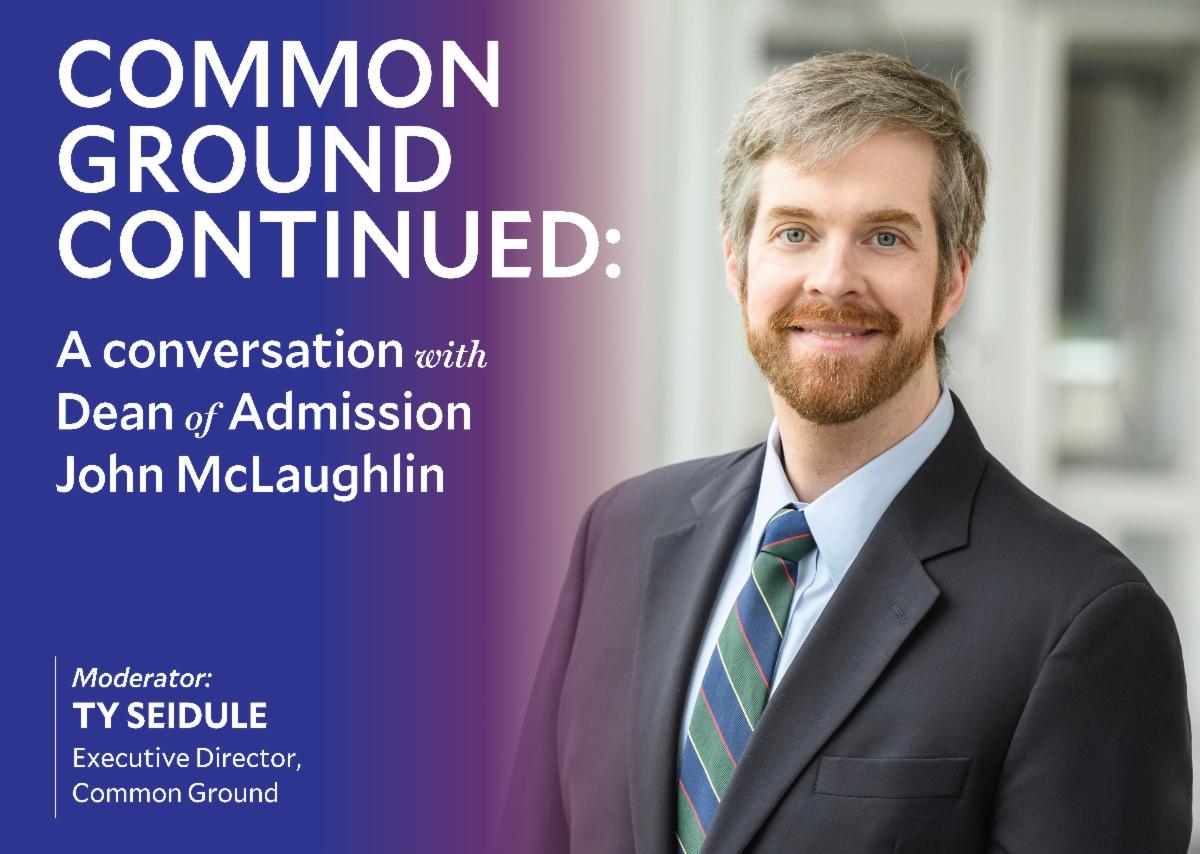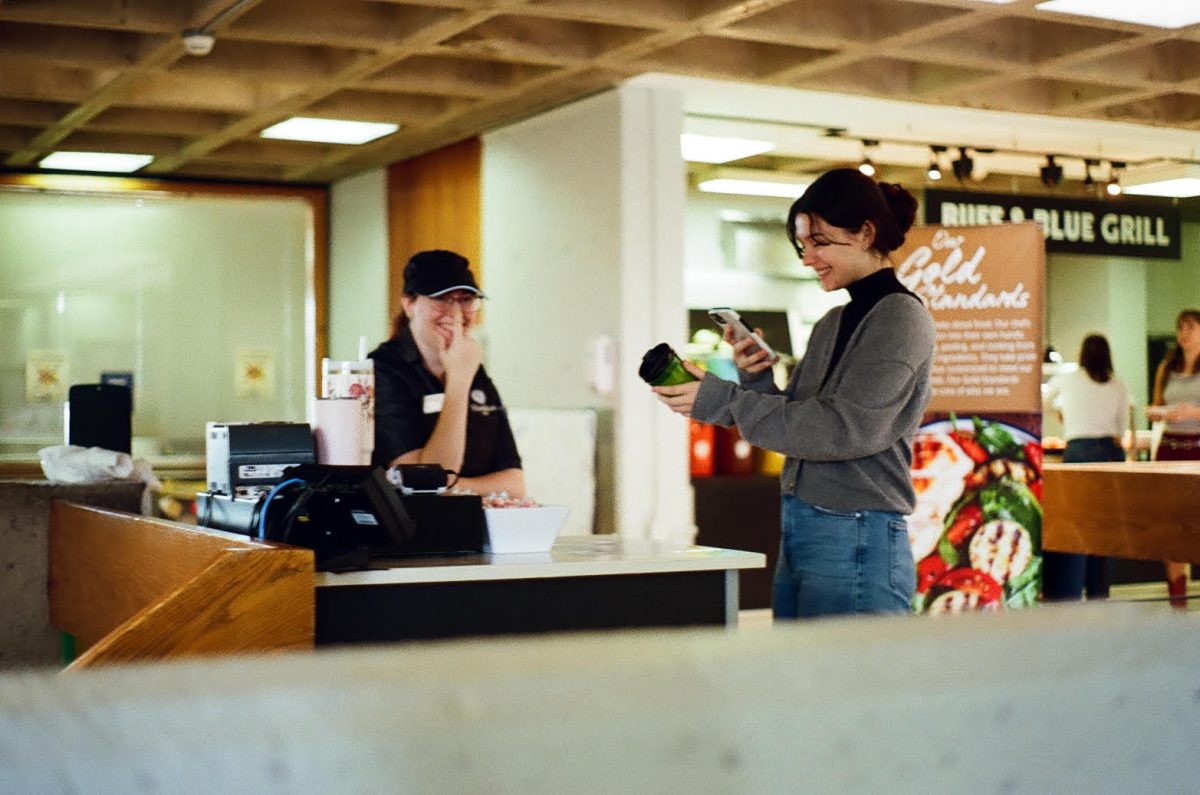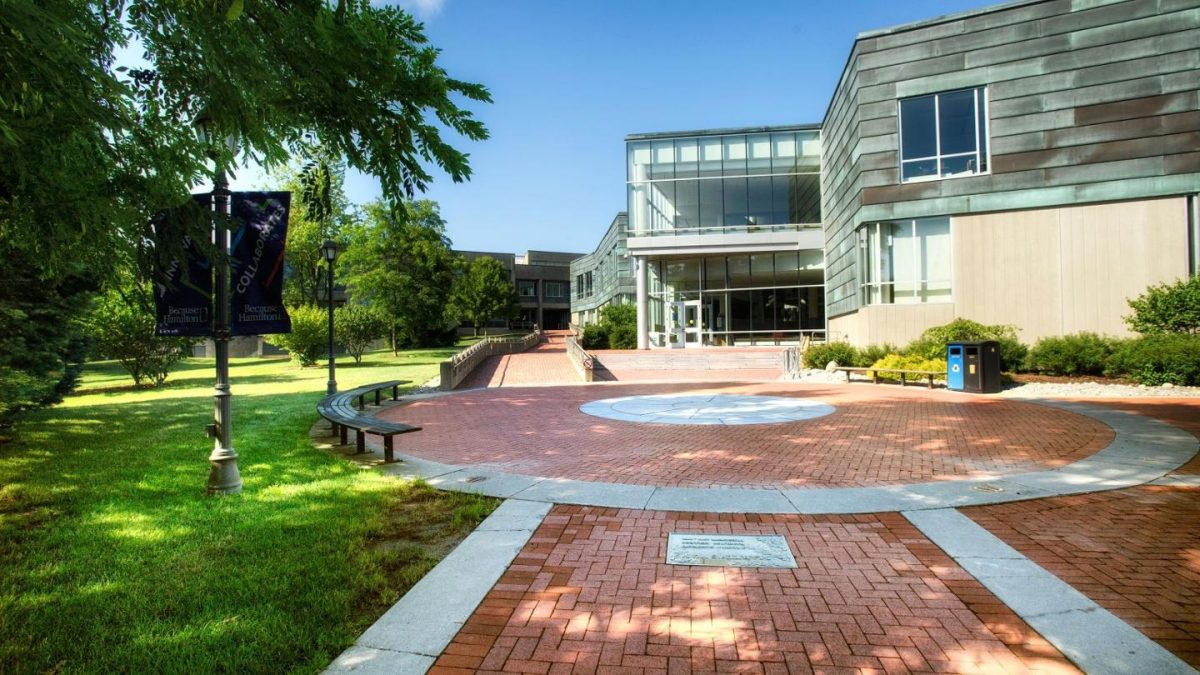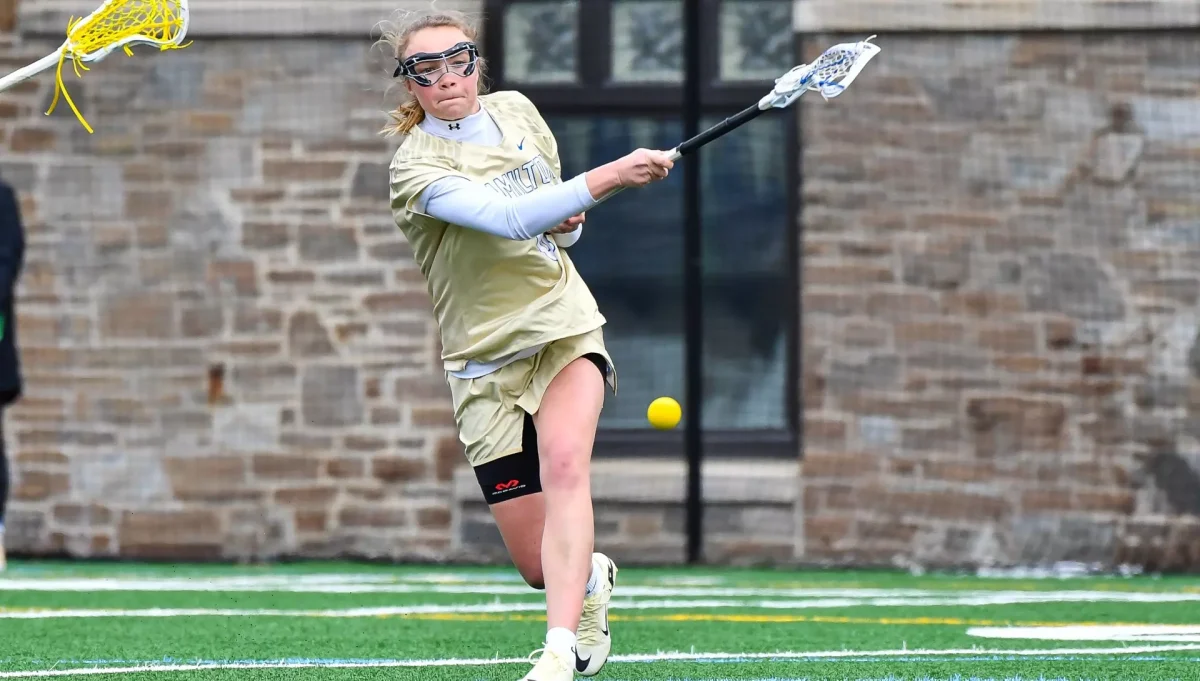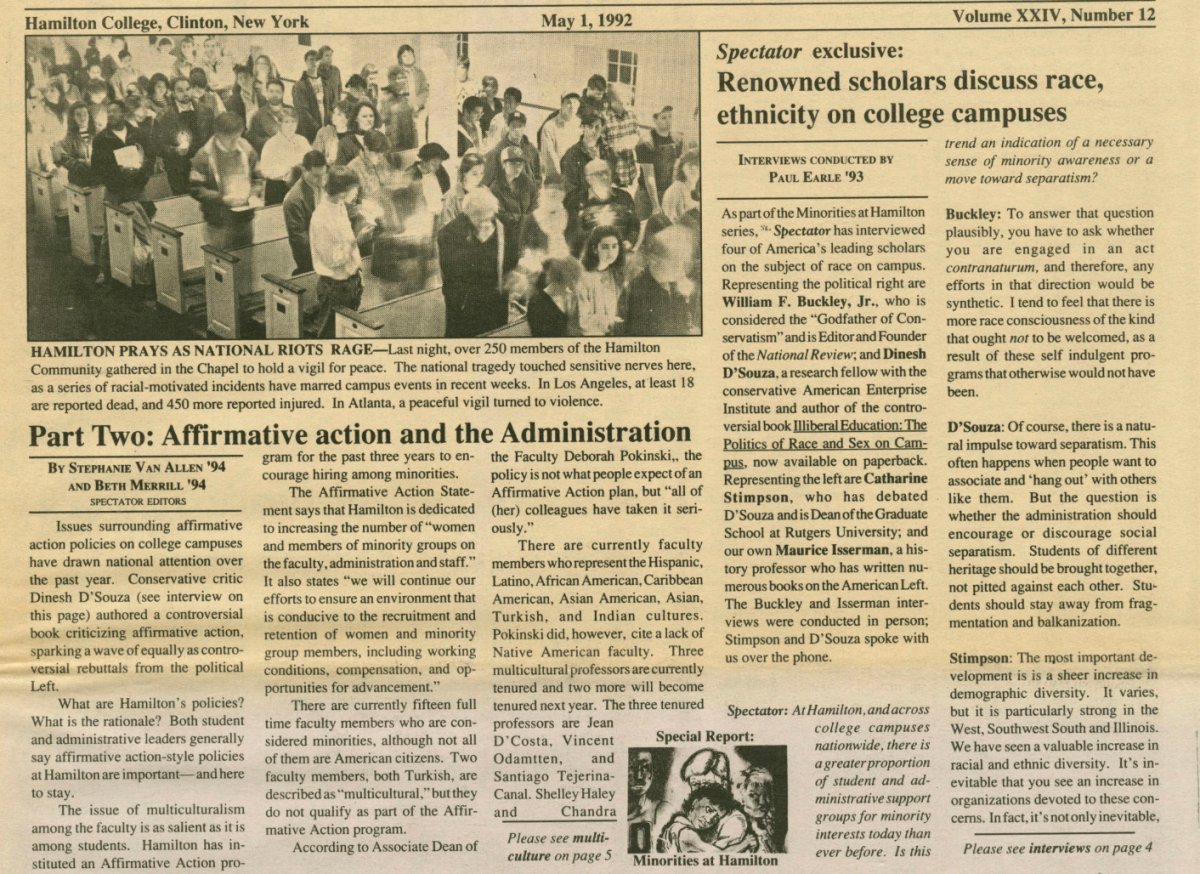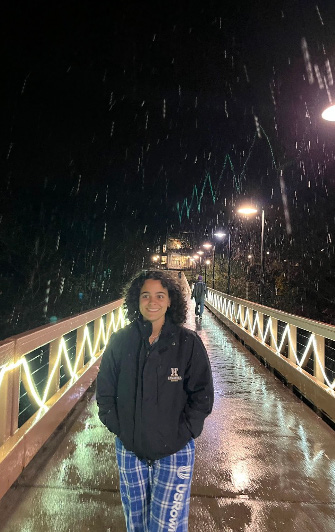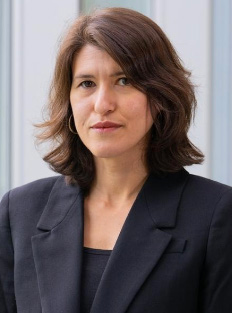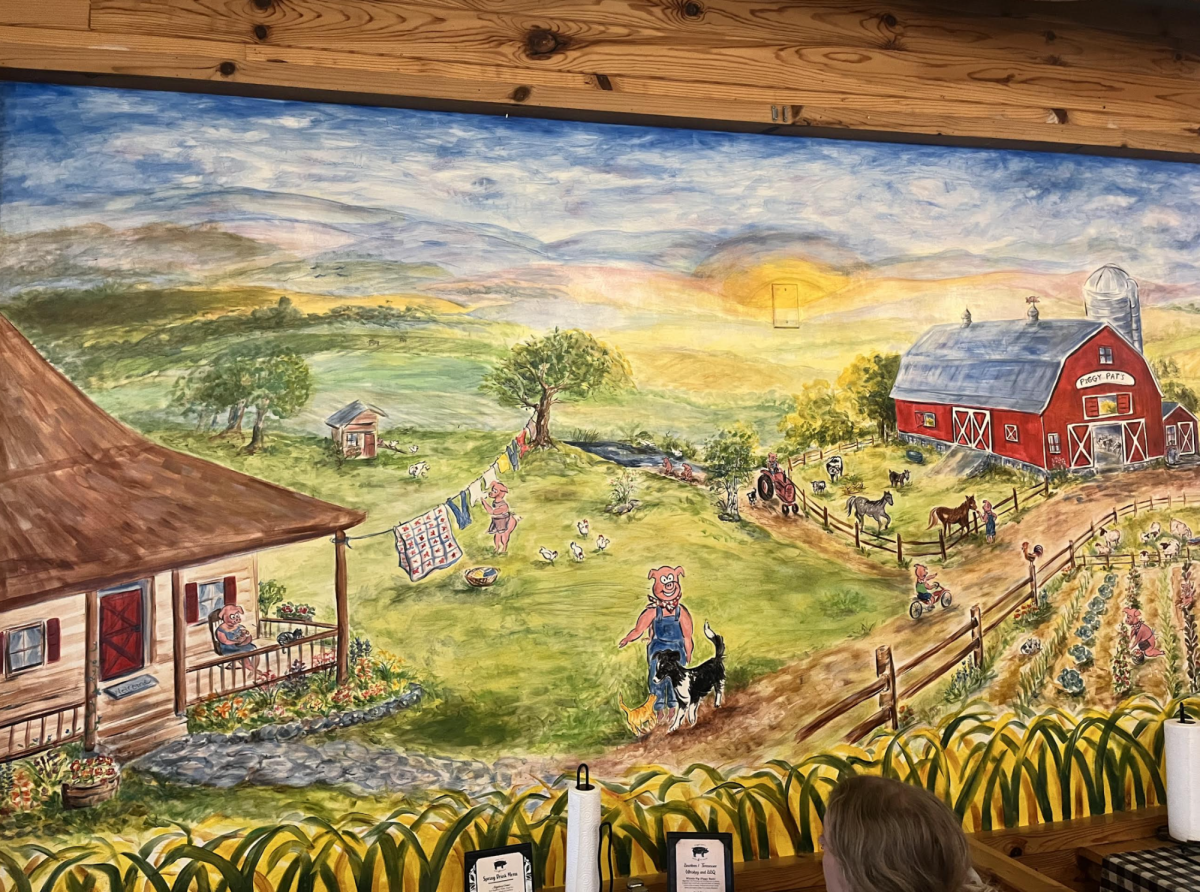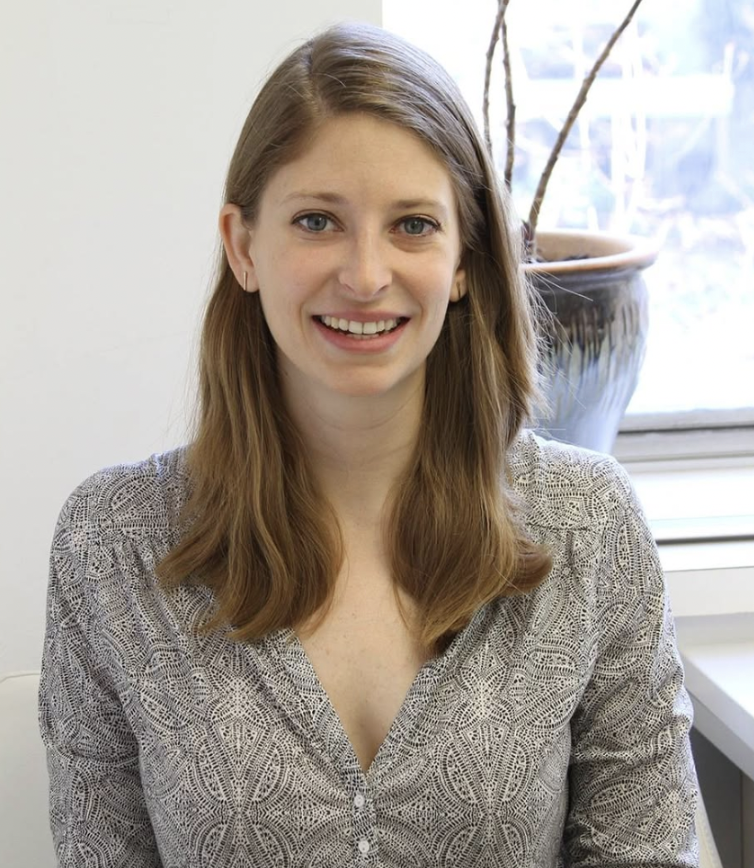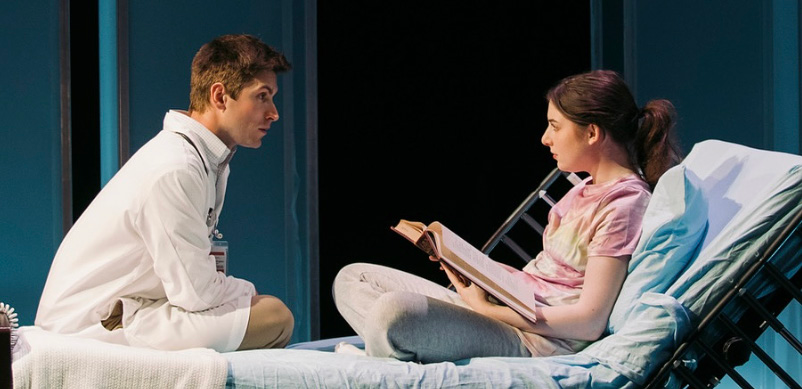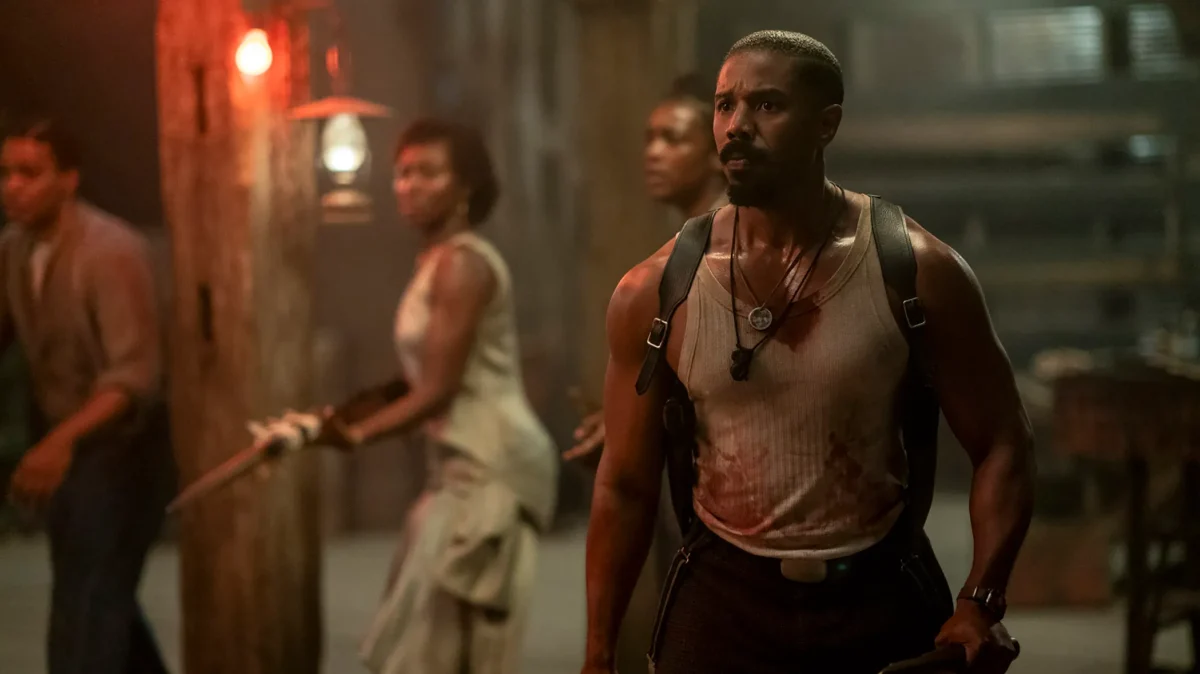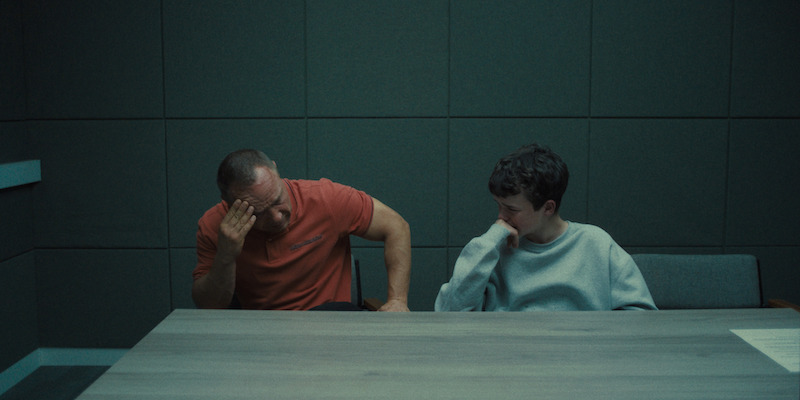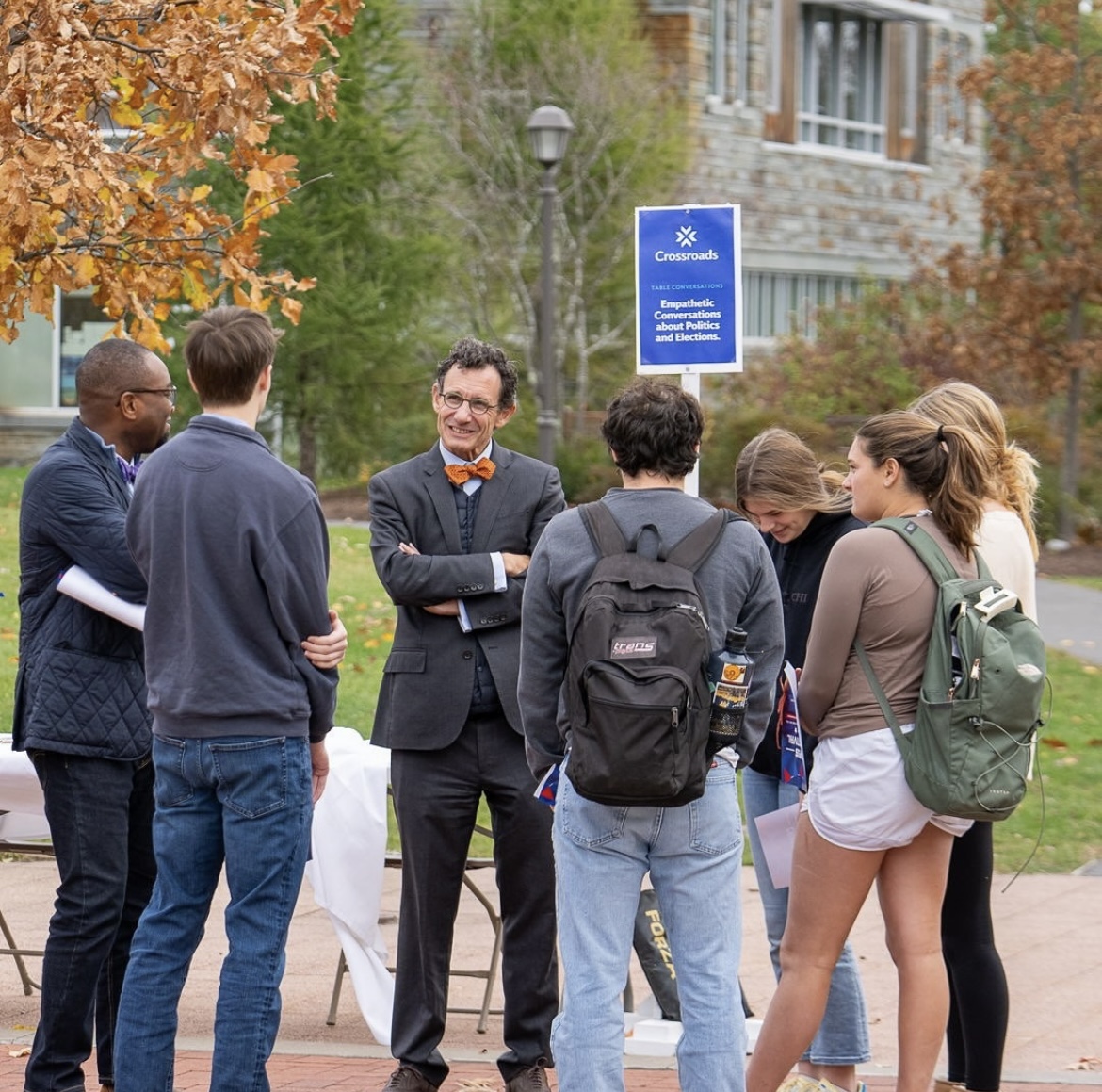
The Burke Library today stands as a hub of campus academic activity, and a place where students can get work done away from the often chaotic atmosphere of a residence hall. Yet Burke has not always been the campus library destination. As evidenced by its brutalist architecture, it is a relatively recent addition to the College. Instead, over the past 205 years of Hamilton’s existence, the library has changed buildings four times.
When Hamilton-Oneida Academy was rechartered as Hamilton College in 1812, there was no formal library on campus. In fact, only about 233 books were directly available to students and faculty. Instead, most students relied on the book collections of the various societies that existed on campus, including the Philopeuthian and Phoenix Society. Eventually, these societies donated their books to the College itself, sparking the creation of the campus’s first library space: the top floor of the chapel. Here, beginning in 1861, the College stored its collection of about 10,000 books. This library, though, had shortcomings namely of its availability; it was only open two hours a week!
Ultimately, after much student protest, the College agreed to increase the hours of the library to four hours a day. Eventually, Hamilton saw fit to construct a standalone library, the Perry Hiram Smith Library. This building, completed in 1872, housed the College’s collection of books for more than 50 years. After a period of serving as Minor Theater, which housed the Theater Department, the building has been converted into a residence hall, Morris Hall, in 2015. The next step in the history of Hamilton’s library was the building of the Ellen Curtiss James Library, completed in 1914. This building, since renamed Christian Johnson, continues to exist today as an academic edifice.
With the influx of students following the founding of Kirkland College in 1968, and an accompanying increase in the size of Hamilton’s book collection, the College soon announced plans to build a new, more modern library: the Burke Library. The new building would be a massive structure on campus, replacing the academic building known as the Truax Hall of Philosophy. Burke Library was designed in a similar manner to the buildings at Kirkland: brutalist, with large pane glass windows and a liberal use of concrete. This style, according to Hamilton College Archivist Katherine Collett, was hugely popular for colleges to feature at the time, as it was evidence of a college’s financial stability and of the funding necessary to embark on such a large project. The library, at a cost of more than $5.5 million, and with more than 80,000 square feet of floor space, was completed in 1972. Burke has since seen a number of renovations over the past 50 years, including the addition of new computer equipment and the replacement of a “70s style” bright orange rug with one that is a tad more muted and modern.
Today the Burke Library is home to over 625,000 volumes and provides such campus resources as the Media Library, Jazz Archive and Music Library. The library is also home to a number of lesser known resources, including the Rare Book Room, which stores all of the books from the College’s societies, among other rare books and the College Archives. The Archives serve as a repository for all campus material considered “historically valuable,” including photographs, editions of student publications and alumni records. At the library’s core is LITS, a combined department featuring an IT Department component and the library staff itself. The library also provides student access to many new technologies, including virtual reality and 3D printing.


